★ ISRAEL & PALESTINIAN TERRITORIES
Gaza Operations Continue; New Palestinian Government in the Offing?
The recent narrative on the Israel-Hamas conflict highlights the complexity and persistent challenges in achieving peace. Last week’s developments saw the Israeli army conducting targeted attacks in Rafah, despite ongoing talks of a ceasefire and a full ground incursion. Contrasting reports emerged about the Nassar Hospital; Israeli sources claim aid and a generator were provided before withdrawal, while Arabic media reported significant damage, underscoring the divergent narratives from both sides. This discrepancy highlights the deep information warfare accompanying the conflict.
The internal political divisions within Israeli and Palestinian communities further complicate the prospects for peace, suggesting a disconnect between public representations of peace and the actual feasibility of such an outcome. The humanitarian crisis deepens, with reports of Palestinians in refugee camps resorting to slaughtering horses for food, and the unresolved status of hostages taken on October 7, indicating the severe ongoing human toll on both societies.
Chronology:
On February 19, Hamas fires a rocket from Gaza into an open area in Kibbutz Be’eri, prompting the Israeli Defense Forces (IDF) to retaliate. The IDF quickly identifies the launch site, and an Israeli Air Force (IAF) aircraft strikes, neutralizing the assailant. Israeli sources also report the elimination of additional armed terrorists near IDF troops. Additionally, the IDF demolishes a residential complex near the Khan Yunis refugee camp, conducts extensive operations in Gaza City’s Zeytoun neighborhood, and actively engages in the Shejaiya neighborhood.
The next day, the IDF launches attacks across the Gaza Strip, targeting a building near Hassan Albana Mosque in Nuseirat and a civilian vehicle in Rafah. Naval forces target the coast of Deir al-Balah. In Rafah, multiple strikes, including on Nasser Abu A-Nur’s house, result in 22 deaths. The IDF also carries out additional attacks in Deir al-Balah and the Zeitoun neighborhood of Gaza City. They attack a residential complex in Khan Yunis. Rafah experiences at least eight attacks, notably on the Alfaroq Mosque in the Shavora neighborhood, among other residential targets, leading to three deaths.
On February 21, the IDF carries out a targeted strike in the Zalata area, east of Rafah, affecting the Abu Ma’amr and Abu Mazouk families. At the same time, in separate operations in Jenin, the IDF and ISA jointly eliminate Yasser Hanoun, linked to several shooting attacks against Israeli communities and military posts. They target Hanoun while he is on his way to carry out another attack. The next day, the IDF and ISA intelligence announce the precise operation they conducted yesterday, was to eliminate Islamic Jihad terrorist Yasser Hanoun, implicated in multiple shooting attacks against Israeli communities and soldiers. During a second operation, the IDF neutralizes three Qassam Brigades operatives and arrests 14 suspects. Gazans circulate a video showing an IDF vehicle moving unchallenged along Al Bahar Street in Khan Yunis, indicating IDF control and a significant reduction in Hamas military presence in the area.
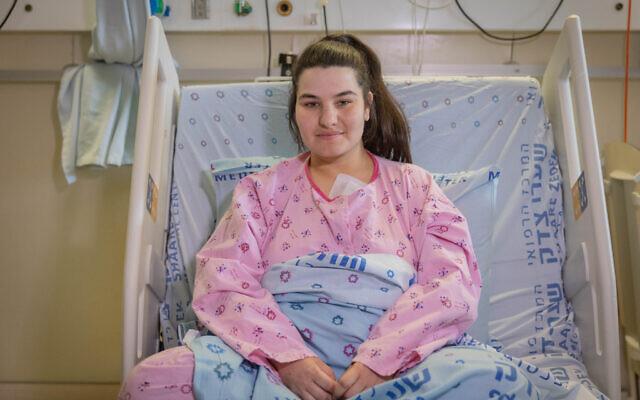
A series of events unfolds across Israel and Gaza, starting with night attacks in Rafah on Wednesday, February 21. Eight strikes target the Alfaroq Mosque in the Shavora neighborhood and five residences, resulting in 23 deaths. On the same day, three gunmen from Bethlehem carry out a terror attack near a Jerusalem checkpoint, killing one Israeli man and injuring 11 others, including a pregnant woman. IDF forces kill two of the attackers and capture one. Additionally, Elbit Systems unveils the Hermes 650 Spark UAS, designed for medium altitude long endurance missions. IDF operations in Gaza claim 22 lives in Deir al-Balah and Rafah, targeting Hamas facilities and smuggling tunnels. The IDF also criticizes the Hamas leadership through the distribution of “Aluaqa” magazine.

Arab channels reports that hours after announcing a new operation in northern Gaza’s Zaytoun area, the Israeli army reports three serious incidents: the death of a Nahal Brigade officer and three soldiers with serious injuries. Details emerge of a close-range confrontation with Hamas, an anti-tank missile hitting an armored vehicle, and a half-ton bomb detonation alongside another missile attack. Hamas claim fierce battles resulted in Israeli casualties, employing close-range devices and RPGs against vehicles and soldiers, and noted drone activity for evacuating the dead and wounded. Since October 9, the Israeli army has reported 575 military casualties, including 23 since the ground operation began.
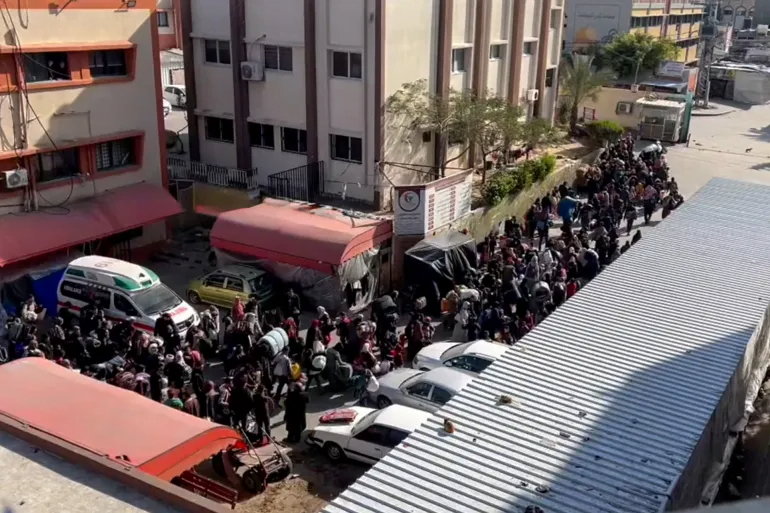
On February 23, the IDF wraps up a targeted operation against Hamas, detaining around 200 suspects, discovering weapons, and finding items indicating the identities of hostages. The operation aims to minimize disruptions at Nasser Hospital by providing humanitarian aid and maintaining essential services. This operation triggers contrasting narratives between Israeli and Palestinian sources, with the latter reporting significant impacts on hospital functionality and civilian welfare.
Israel becomes Azerbaijan’s top oil importer in January 2024, a topic of discussion during a meeting between Israeli and Azerbaijani presidents at the Munich Security Conference.
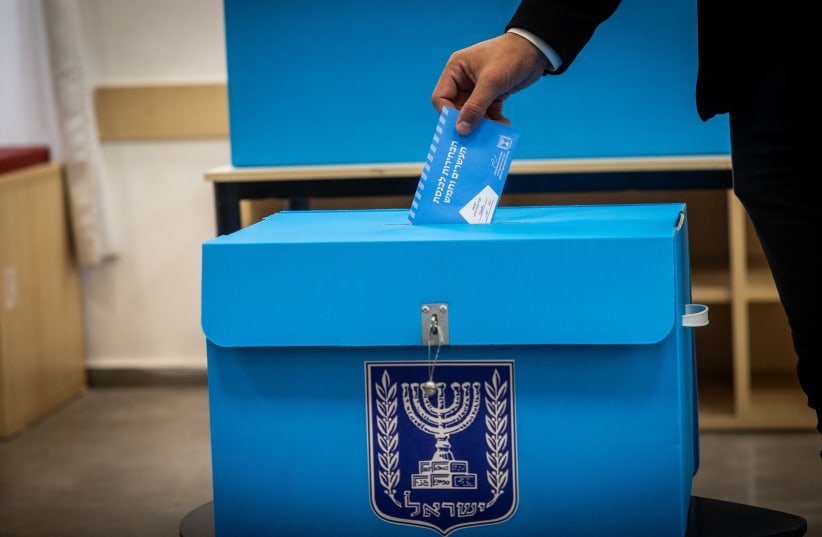
On February 24, political shifts in Israel show the opposition leading with 67 seats to the coalition’s 44 in a Lazar Research poll, amidst ongoing Gaza conflict and complex hostage negotiation dynamics. Nearly half of respondents prefer Benny Gantz over Benjamin Netanyahu as prime minister. Amidst these political dynamics, Finance Minister Bezalel Smotrich criticizes the proposed hostage deal as “delusional,” while Prime Minister Netanyahu reportedly hardens his negotiation terms.
The Palestinian Ministry of Health announces that more than 100 Palestinians were killed in Israeli raids on the Gaza Strip over the course of 4 hours, and television indicated that an Israeli drone bombed a school belonging to the United Nations Relief and Works Agency for Palestine Refugees (UNRWA) near Nuseirat in central Gaza, while eight people were also killed and wounded. Others in an Israeli raid targeted a house east of Rafah, bringing the death toll since the beginning of the war to about 2,954, in addition to wounding about 70 others.
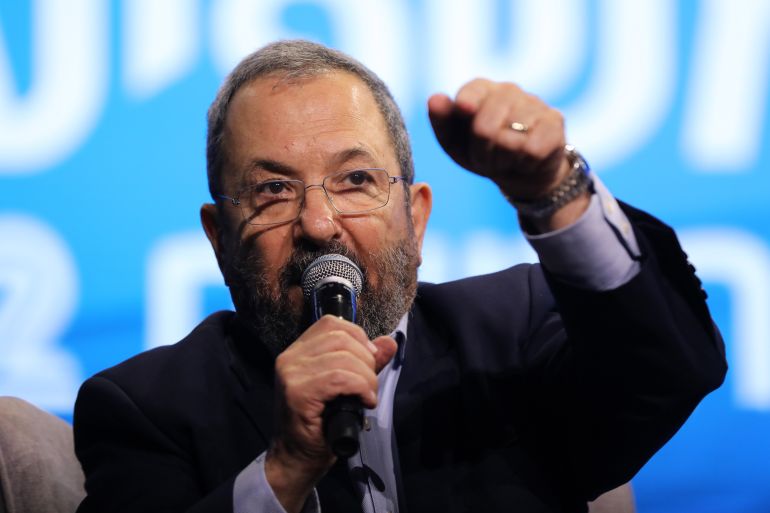
On February 25, Former Prime Minister Ehud Barak urges demonstrators to besiege the Knesset, calling for 30,000 citizens to gather outside the government building for three weeks to pressure Prime Minister Benjamin Netanyahu. Barak asserts that Netanyahu’s time is up and that there is zero trust in him, emphasizing the need for early elections in Israel. He criticizes Netanyahu’s policies, particularly regarding a prisoner exchange deal, warning of the country sinking into a “Gaza quagmire.” Barak accuses Netanyahu and his allies of obstructing Israel’s security interests and dragging the country into chaos. Additionally, Barak expresses concern about the ongoing conflict with Hamas in Gaza, highlighting the devastating toll on civilian lives and the risk of worsening the situation.
The proposed US-Israel-Egypt-Qatar talks, a deal for Hamas to release 40 hostages for a six-week ceasefire and Israel to free Palestinian prisoners is discussed, amid skepticism from Israeli officials, including Finance Minister Bezalel Smotrich.
An Israeli team heads to Qatar for negotiations, focusing on hostages, including three French nationals, and ceasefire efforts to aid Gaza. Concerns arise over Netanyahu’s stringent conditions potentially derailing talks, with demands for expelling released terrorists to Qatar and verifying hostage statuses.
The IDF conducts airstrikes in Rafah, southern Gaza Strip, resulting in the deaths of 7 members of the Yahya Shahin family. Another attack targets the Al Khatib family’s house near a supply center but caused no casualties due to prior evacuation. The Air Force also struck a smuggling tunnel shaft near the border and an ammunition depot placed by Hamas near the Philadelphia axis.
Conversely, Al Jazeera reports that the Ministry of Health in Gaza announced that the Israeli army committed 7 massacres killing 90 people and wounding 131 others. A viral story about the dire circumstances in the Jabalia refugee camp, a 60-year-old refugee slaughtering his two horses, previously used for agricultural work, to provide sustenance for his family and the surrounding community.
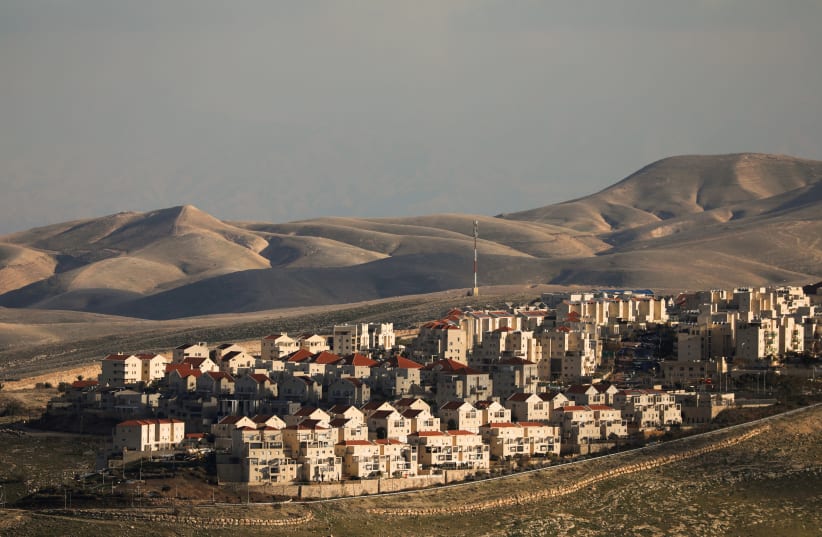
The IDF plans to evacuate Palestinian civilians and target Hamas in Gaza’s Rafah, alongside efforts to prevent looting. Prime Minister Netanyahu asserts the operation is vital for defeating Hamas, with the conflict expected to conclude within weeks. Despite global condemnation, Netanyahu emphasizes the necessity of the Rafah operation for Israel’s victory. Discussions on a potential hostage release deal with Hamas could delay the operation, with ongoing negotiations involving Israel, Egypt, and Qatar. Israel rejects Hamas’s ceasefire demands, focusing on a deal to exchange Palestinian prisoners for hostages. The U.S. has stressed the importance of protecting civilians in any military actions in Rafah.
Israeli officials report significant progress in Paris ceasefire talks, reducing gaps with Hamas, yet challenges remain, as Hamas demands a ceasefire, Israeli withdrawal, and aid introduction, conditions not yet met according to Israel.
The War Cabinet assesses the situation, indicating optimism but acknowledging Hamas’s demands exceed Israel’s current stance.
Israeli Prime Minister Benjamin Netanyahu insists that high-profile Palestinian prisoners, specifically those jailed for attacks against Israelis, be sent to Qatar as part of a Gaza ceasefire and hostage deal. This demand, yet to be discussed with mediators, aims to differentiate between prisoners based on the severity of their offenses. The negotiation complexities are further highlighted by disputes with Hamas over the exchange terms and the grim revelation of the death of an Israeli soldier held captive, underscoring the tension and stakes involved in reaching an agreement.
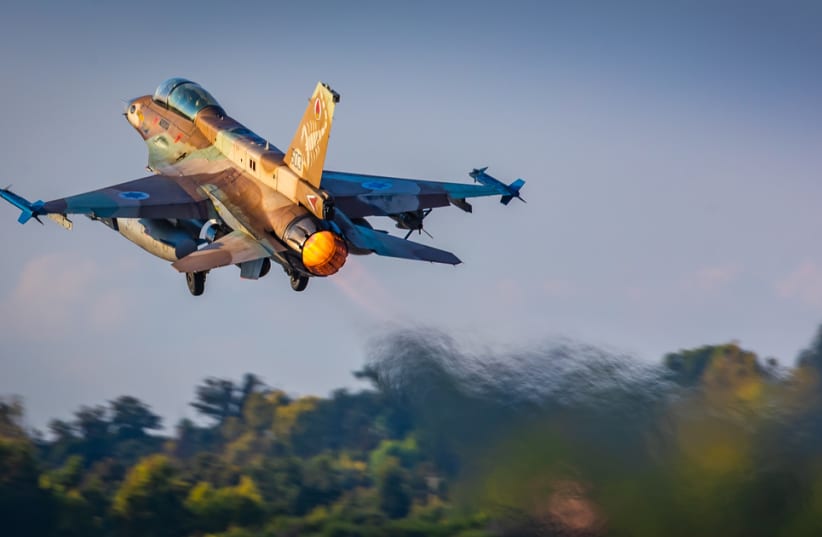
The Israeli Air Force, led by Maj.-Gen. Tomer Bar, establishes an Iran department to address Iran’s increasing threat, particularly regarding its nuclear ambitions and regional terrorist activities. This move underscores Israel’s readiness for potential conflicts and signals the seriousness of the Iranian threat to the United States. The department is tasked with ongoing operations to counter Iranian influence and secure against Iran-backed groups, despite internal challenges from reservists protesting against governmental reforms, highlighting the importance of maintaining readiness and adaptability.
During a World Trade Organization conference in Abu Dhabi, Economy Minister Nir Barkat engages in discussions with Saudi Commerce Minister Majid bin Abdullah Al-Qasabi, expressing optimism about potential cooperation between Israel and Saudi Arabia.

One hopeful story emerges in the midst of this war about the University of Haifa, whose multicultural student body of Jews, Arabs, and Druze distributed orange wristbands bearing “Continuing to Learn Together” to symbolize unity and learning beyond politics. This initiative, emerging from a challenging selection process for a slogan and color, underscored the university’s commitment to inclusion and resilience. The campus’s proactive approach to address the needs of its diverse students, including resilience groups and workshops, alongside the dedication to maintain a harmonious and safe educational environment, showcases a model of coexistence and mutual understanding.
On February 25, divergent narratives emerge from the Israeli Defense Forces (IDF) and Al Jazeera regarding military activities in the Gaza Strip and the West Bank. The IDF reports the arrest of Jamil Nabhan, an officer in the Palestinian National Security, in Jenin, West Bank, and detailed attacks in the Gaza Strip, specifically in Gaza City’s eastern parts and Beit Hanoun. This action is part of a broader operation that included the surrounding of a building in Harsh al-Saada in Jenin with reinforcements.
In contrast, Al Jazeera’s coverage focuses on what it described as the “142nd day of the Israeli aggression on Gaza,” highlighting intense conflicts between Palestinian resistance forces and Israeli troops in Khan Yunis’s Al-Zaytoun neighborhood, in the southern part of the Gaza Strip. The report mentions a “continuing violent bombardment” on Gaza City neighborhoods, resulting in approximately 90 fatalities in a single day. Al Jazeera also reports on the Israeli military’s operations inside Nasser Hospital in Khan Yunis and broadcasts exclusive footage of battles in Khan Yunis, showcasing the targeting of Israeli soldiers and military vehicles by the Al-Qassam Brigades, the military wing of Hamas. This footage includes the use of anti-personnel and anti-armor shells, as well as the detonation of barrel bombs near Israeli military vehicles.
Palestinian Prime Minister Muhammad Shtayyeh resigns amid talks of restructuring the Palestinian Authority, emphasizing a competency-based future government, per Fatah spokesman Abdel Fattah Dawla. The resignation, pending President Mahmoud Abbas’s decision, signals a push for reform and national consensus during an Israeli blockade and the need for unity in addressing Gaza’s situation. Hamas opposes a technocratic government at the same time that the U.S. pushes for technocratic reform. The U.S. initiative conflicts with Israel’s stance against empowering the current Palestinian Authority in Gaza. The official spokesman for Hamas, Jihad Taha, denies that there had been discussions about forming a new Palestinian government, stressing that the present time should focus on stopping “the Israeli aggression.”
Hamas responds to the video of Gazans protesting against them by stating that ongoing ceasefire negotiations are difficult. These voices, according to Hamas, stem from the severe Israeli bombing, hunger, and lack of aid. In an interview with Al-Arabiya/Al-Hadath on Sunday, a spokesperson adds that the voices speaking against Hamas in Gaza might be fabricated, arguing that it is Israel, not Hamas, that has caused the people’s suffering, and thus protests should be directed at Israel. The spokesperson also mentions that Israel blames the Palestinian people for the war and goes on to criticize the ineffective peace talks.
IDF’s initial probe into the death of 6-year-old Hind Rajab and her family in Gaza City suggests no IDF troops were in the vicinity. Despite accusations, the IDF claims no responsibility, citing lack of forces near the scene.
In a harrowing act of protest against the Gaza war, Aaron Bushnell, a 25-year-old active-duty U.S. Air Force pilot, set himself on fire in front of the Israeli embassy in Washington D.C. Bushnell’s protest, aimed at drawing attention to the “genocide” in Gaza, was broadcast live over the Internet. Despite immediate intervention by the Secret Service, Bushnell later died from his injuries.
==================



